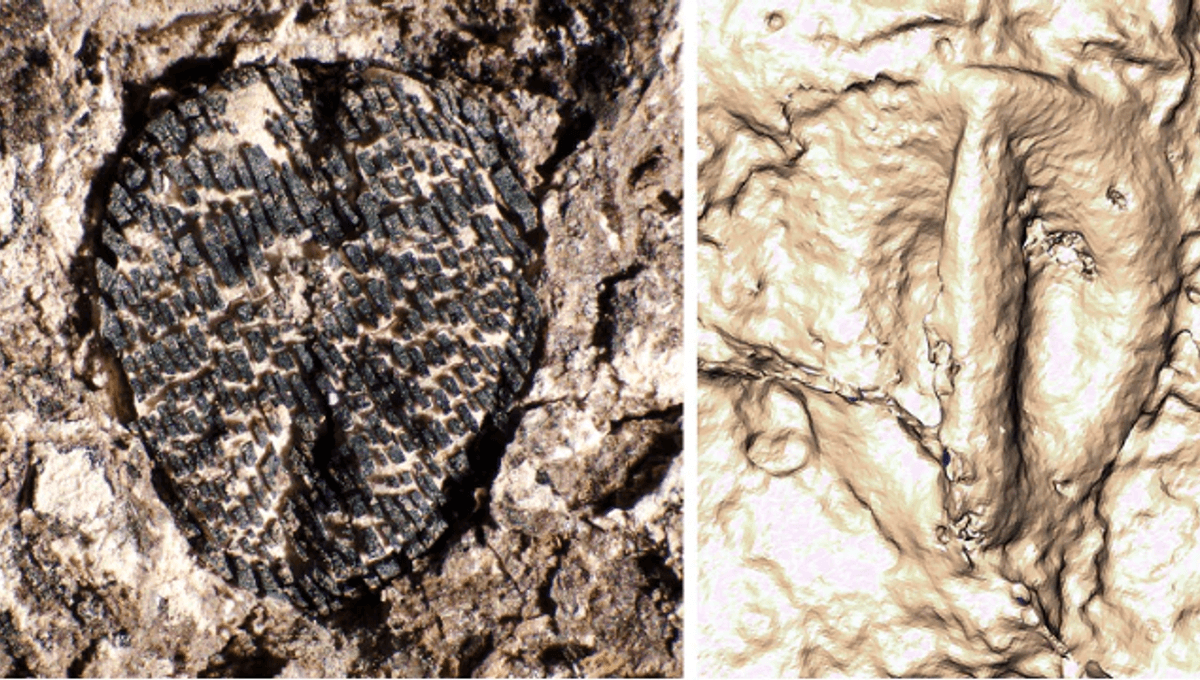
Researchers looking for fossilized grape seeds across Colombia, Panama, and Peru, have found seeds that are between 60 and 19 million years old – and one example is from the oldest grape ever found in the Western Hemisphere. The researchers think that the proliferation of grapes might have come as a result of the changes in the environment following the Cretaceous-Paleogene extinction.
The oldest known fossilized seeds from the grape family were found in India, and are 66 million years old. That is around the time of the Chicxulub impact, which wiped out non-avian dinosaurs and 76 percent of all living species on the planet – but it appears that it might have done wonders for the ancestors of grapes.
“We always think about the animals, the dinosaurs, because they were the biggest things to be affected, but the extinction event had a huge impact on plants too,” lead author Fabiany Herrera, an assistant curator of paleobotany at the Field Museum in Chicago, said in a statement. “The forest reset itself, in a way that changed the composition of the plants.”
“These are the oldest grapes ever found in this part of the world, and they’re a few million years younger than the oldest ones ever found on the other side of the planet,” Herrera continued. “This discovery is important because it shows that after the extinction of the dinosaurs, grapes really started to spread across the world.”
The team believes that the absence of massive animals in the aftermath of the extinction could have been key. Forests changed, and grapes (among other species) found the right opportunity to proliferate and spread globally.
“Large animals, such as dinosaurs, are known to alter their surrounding ecosystems. We think that if there were large dinosaurs roaming through the forest, they were likely knocking down trees, effectively maintaining forests more open than they are today,” explained Mónica Carvalho, a co-author of the paper and assistant curator at the University of Michigan’s Museum of Paleontology
“In the fossil record, we start to see more plants that use vines to climb up trees, like grapes, around this time,” added Herrera.
Herrera has been looking for fossilized grapes for a while. This discovery happened in 2022, when Herrera and Carvalho were in the Colombian Andes and Carvalho spotted the precious fossil.
“She looked at me and said, ‘Fabiany, a grape!’ And then I looked at it, I was like, ‘Oh my God.’ It was so exciting,” Herrera explained. “Grapes have an extensive fossil record that starts about 50 million years ago, so I wanted to discover one in South America, but it was like looking for a needle in a haystack. I’ve been looking for the oldest grape in the Western Hemisphere since I was an undergrad student.”
A paper describing the results is published in the journal Nature Plants.
Source Link: We Might Owe Wine To The Asteroid That Killed The Dinosaurs 66 Million Years Ago